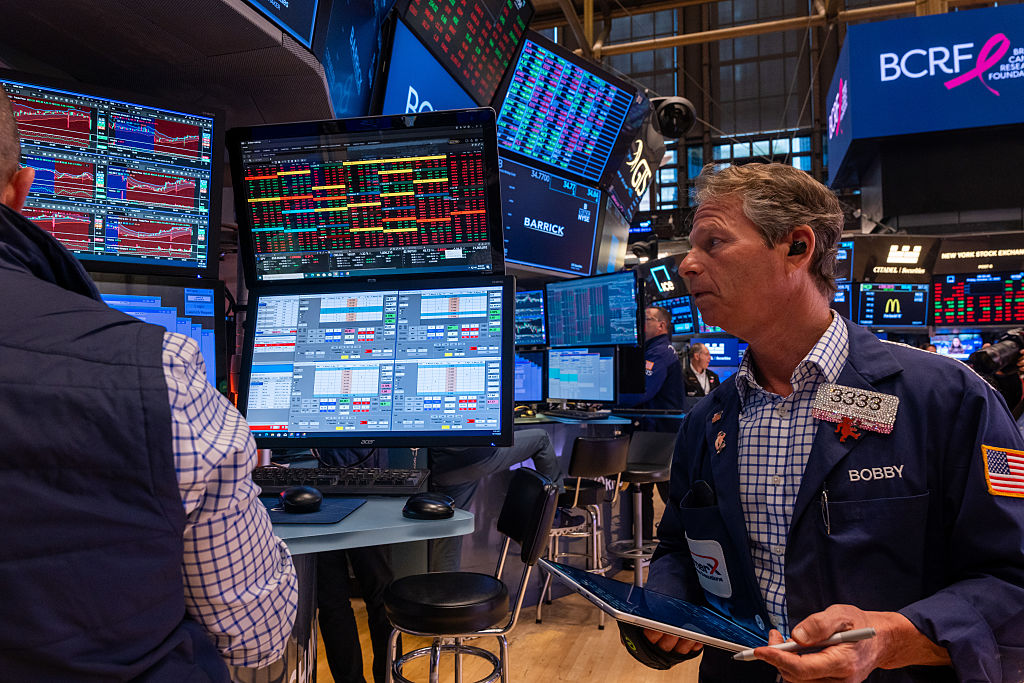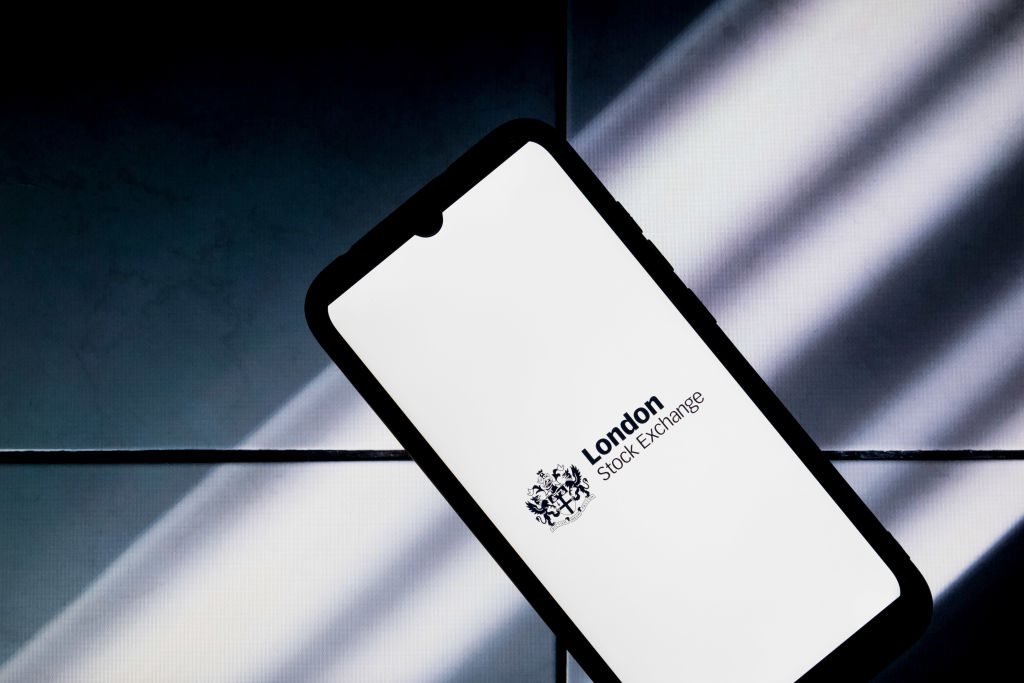Three solid assets to buy for a low interest-rate world
Professional investor Luke Hyde-Smith of the Waverton Real Assets Fund, highlights three alternative investments to diversify your portfolio.

The 60/40 portfolio, where 60% of an investor’s money goes into riskier assets such as shares and the other 40% into less risky assets, such as government bonds, is a traditional way to balance your investments. We believe alternative investments, such as tangible assets, are a good way to diversify the 40% while meeting the challenge of the low interest-rate environment. Here we highlight three separate investment opportunities held within the Waverton Real Assets Fund.
Optimising energy provision
SDCL Energy Efficiency Income Trust (LSE: SEIT) listed in December 2018 with £100m, but its market capitalisation has now grown to £1bn. It seeks to offer a greener and cheaper solution to energy provision and helps provide the infrastructure required for smaller-scale (and thus more energy-efficient) power production. It also aims to reduce the need for subsidies, providing useful diversification from core infrastructure names and renewables.
The trust is aiming to deliver an annual return of 7%-8%, with an initial yield of 5% growing to 5.5% once fully invested from year two onwards. The contracts on the underlying investments offer steady cash-flow streams, often supported by regulated or contractual revenues and attractive operating margins, with potential for capital appreciation and inflation protection.
MoneyWeek
Subscribe to MoneyWeek today and get your first six magazine issues absolutely FREE

Sign up to Money Morning
Don't miss the latest investment and personal finances news, market analysis, plus money-saving tips with our free twice-daily newsletter
Don't miss the latest investment and personal finances news, market analysis, plus money-saving tips with our free twice-daily newsletter
Laying the groundwork
Supermarket Income Reit (LSE: SUPR) listed in 2017 with a strategy of acquiring large supermarkets let to several big UK grocery chains (Tesco, Asda, Sainsbury’s, and Waitrose). These assets are on long leases, with built-in income escalators linked to the retail price index (RPI). The management targets properties in areas with growing demographics, while selecting properties that also fulfil online orders.
The attractiveness of the sector becomes clearer when we change the investment lens from “supermarket retail” to “grocery logistics”. The efficient in-store fulfilment model (or ship-from-store) is the one enabling the shift to online grocery shopping. This involves supermarkets (and other online retailers) leasing stores in key “last-mile” sites on the outskirts of large towns that operate as normal stores, but also as logistics hubs fulfilling online orders and as centres for click-and-collect orders.
Mining for copper
After the commodity sector recovered from its March 2020 lows, it underwent a period of consolidation in the second half of 2021. This provides an attractive entry point for certain commodities, such as copper.
There are several growth sectors for copper consumption, but the most promising by far is transportation. Electric vehicles (EVs) use up to seven times more copper per car. A wholesale switch from internal combustion engines to EVs would require the copper supply nearly to double, which would underpin the long-term demand for copper.
First Quantum Minerals (TSX: FM) is a high-quality copper miner making progress towards its debt-reduction goals. It has also outlined how it will increase dividends next year while still allowing for growth opportunities. The company’s near-term copper production growth outlook remains positive, deleveraging remains on track, and it has a very attractive free cash flow-to-enterprise value of 17%.
Get the latest financial news, insights and expert analysis from our award-winning MoneyWeek team, to help you understand what really matters when it comes to your finances.
Luke Hyde-Smith is the co-manager of the Waverton Real Assets Fund
-
 My 6.5% Nationwide regular saver is due to mature - what are my options?
My 6.5% Nationwide regular saver is due to mature - what are my options?Nationwide’s 6.5% regular saver is due to mature for those who opened one last year. Here is what you can do now to make the most of your savings
-
 Leading European companies offer long-term growth
Leading European companies offer long-term growthOpinion Alexander Darwall, lead portfolio manager, European Opportunities Trust, picks three European companies where he'd put his money
-
 Leading European companies offer long-term growth prospects
Leading European companies offer long-term growth prospectsOpinion Alexander Darwall, lead portfolio manager, European Opportunities Trust, picks three European companies where he'd put his money
-
 How to harness the power of dividends
How to harness the power of dividendsDividends went out of style in the pandemic. It’s great to see them back, says Rupert Hargreaves
-
 Why Trustpilot is a stock to watch for exposure to the e-commerce market
Why Trustpilot is a stock to watch for exposure to the e-commerce marketTrustpilot has built a defensible position in one of the most critical areas of the internet: the infrastructure of trust, says Jamie Ward
-
 Tetragon Financial: An exotic investment trust producing stellar returns
Tetragon Financial: An exotic investment trust producing stellar returnsTetragon Financial has performed very well, but it won't appeal to most investors – there are clear reasons for the huge discount, says Rupert Hargreaves
-
 How to capitalise on the pessimism around Britain's stock market
How to capitalise on the pessimism around Britain's stock marketOpinion There was little in the Budget to prop up Britain's stock market, but opportunities are hiding in plain sight. Investors should take advantage while they can
-
 London claims victory in the Brexit wars
London claims victory in the Brexit warsOpinion JPMorgan Chase's decision to build a new headquarters in London is a huge vote of confidence and a sign that the City will remain Europe's key financial hub
-
 Reinventing the high street – how to invest in the retailers driving the change
Reinventing the high street – how to invest in the retailers driving the changeThe high street brands that can make shopping and leisure an enjoyable experience will thrive, says Maryam Cockar
-
 The consequences of the Autumn Budget – and what it means for the UK economy
The consequences of the Autumn Budget – and what it means for the UK economyOpinion A directionless and floundering government has ducked the hard choices at the Autumn Budget, says Simon Wilson
